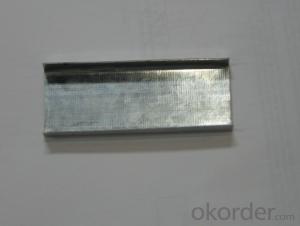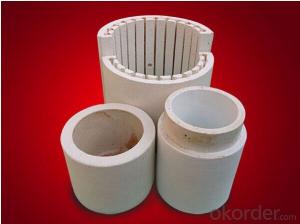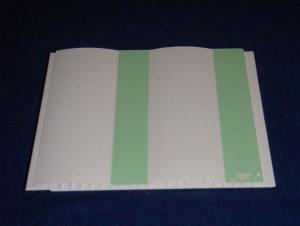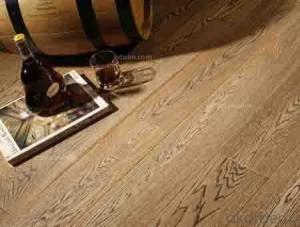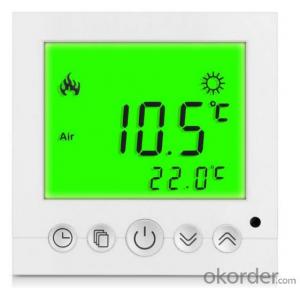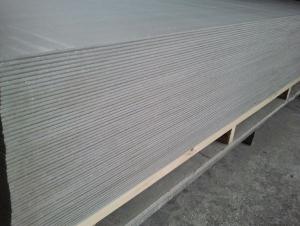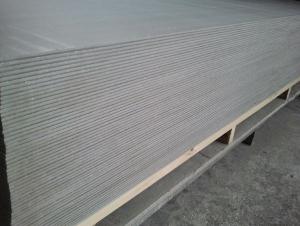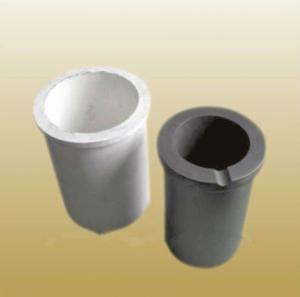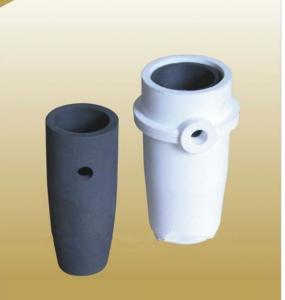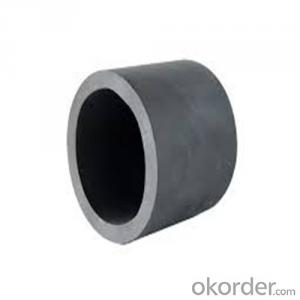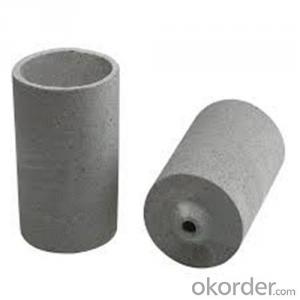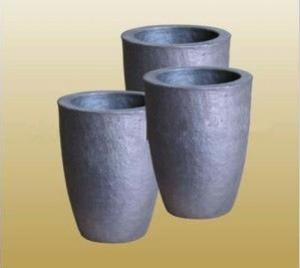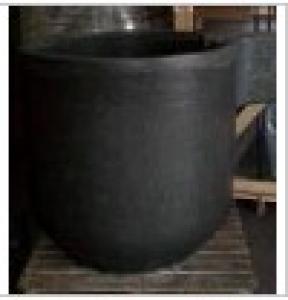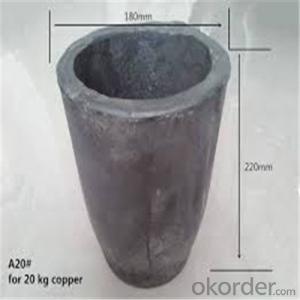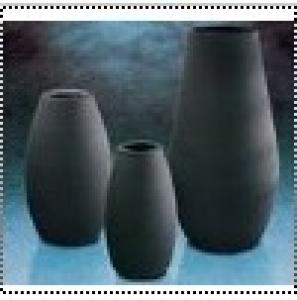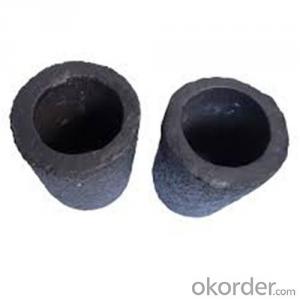Graphite Crucible For Melting Aluminium
Graphite Crucible For Melting Aluminium Related Searches
Best Paint For Stainless Steel Blanket Insulation For Steel Buildings Primer For Galvanized Steel Foam Filter For Stainless Steel H S Code For Stainless Steel Surface Grinding Wheels For Stainless Steel Surface Grinding Wheels For Hardened Steel Hole Saw For Stainless Steel Paint For Stainless Steel Stainless Steel For BbqHot Searches
Steel Mesh Panels For Sale Price For Stainless Steel Scrap Scrap Price For Stainless Steel Price For Stainless Steel Stainless Steel Plate For Sale Stainless Steel Tank For Sale Stainless Steel Sheets For Sale Cheap High Tea Sets For Sale Stainless Steel Tanks For Sale Stainless Steel For Sale High Density Fiberboard For Sale Solar Hot Water Collectors For Sale Scaffolding For Sale In Uae Scaffolding For Sale In Ireland Scaffolding For Sale In Houston Type Of Inverter For Solar Price Of Shipping Containers For Sale Types Of Inverter For Solar Stock Price For Aluminum Steel Mesh Panels For SaleGraphite Crucible For Melting Aluminium Supplier & Manufacturer from China
Okorder.com is a professional Graphite Crucible For Melting Aluminium supplier & manufacturer, offers integrated one-stop services including real-time quoting and online cargo tracking. We are funded by CNBM Group, a Fortune 500 enterprise and the largest Graphite Crucible For Melting Aluminium firm in China.Hot Products
FAQ
- To prevent graphite crucibles from cracking due to thermal stress, several measures can be taken. First, it is essential to properly preheat the crucible before subjecting it to extreme temperatures. This gradual heating process helps to minimize thermal shock. Additionally, maintaining a consistent temperature throughout the crucible's usage is crucial. Sudden temperature changes should be avoided as they can cause stress and lead to cracks. Moreover, ensuring that the crucible is not overloaded beyond its recommended capacity helps prevent excessive stress. Lastly, proper handling and storage of the crucible, including avoiding impacts or dropping it, can also contribute to its longevity and reduce the risk of cracking.
- Yes, graphite crucibles can be used for melting rare earth metals. Graphite is known for its high melting point, good thermal conductivity, and resistance to chemical reactions, making it an ideal material for high-temperature applications such as melting rare earth metals. Additionally, graphite crucibles are durable and can withstand the harsh conditions of molten metals, making them a suitable choice for melting and refining rare earth metals. However, it is important to note that some rare earth metals, such as cerium, can react with graphite at high temperatures, leading to the formation of carbonates. Therefore, it is advisable to consult the specific properties and reactivity of each rare earth metal before using graphite crucibles for melting.
- When determining the suitable crucible capacity for a particular application, several factors must be taken into consideration. Firstly, the quantity of material that needs to be melted or heated in the crucible should be evaluated. This can be determined by considering either the volume or weight of the material. It is essential to select a crucible size that can accommodate the material adequately, avoiding both overflow and being too empty. These situations can negatively impact the heating efficiency and the final product's quality. Secondly, the required melting or heating temperature for the specific application needs to be considered. Different materials have varying melting points, and some may necessitate higher temperatures than others. The crucible should have the capacity to withstand and maintain the desired temperature without experiencing cracking or deformation. Moreover, the duration of the application needs to be taken into account. If the application requires an extended period of melting or heating, it is crucial to choose a crucible size that can hold the material for the required duration, eliminating the need for frequent refilling or emptying. This ensures a continuous and efficient operation. Additionally, the type of crucible material plays a significant role in determining the appropriate capacity. Various materials have different thermal conductivity and compatibility with specific substances. It is imperative to select a crucible material that is suitable for the specific application to prevent contamination or reactions between the crucible and the material being heated. Lastly, it is advisable to consult the manufacturer or supplier of the crucible for their recommendations. They possess the expertise and knowledge to guide you in selecting the appropriate crucible capacity based on your specific application requirements. By considering these factors and seeking expert advice, the appropriate crucible capacity for your specific application can be determined, ensuring optimal performance and desired results.
- Can magnesia crucible be melted into stainless steel?
- Cast brass H Luer, graphite crucible; (three) cast magnesium alloy ZM5 welded steel crucible (four) casting tin bronze 5-5-5, fused magnesia carbon pollution. Intermediate frequency furnace smelting of copper alloy, Aluminum Alloy should be less than the pollution of Aluminum Alloy iron and copper alloy, but the iron crucible durable, easy to get according to the actual condition of selection.
- No, a graphite crucible should not be used for melting food-grade substances as graphite can react with the food and contaminate it. It is important to use food-grade materials specifically designed for heating and melting food substances.
- High temperature applications, like melting metals, often employ graphite crucibles. However, caution must be exercised as these crucibles are not suitable for melting explosives. Graphite possesses excellent heat conductivity, facilitating rapid attainment of high temperatures. Nonetheless, it can react with specific chemicals, including explosives, causing unforeseen reactions, safety risks, and potential damage to the crucible. Hence, it is imperative to employ specialized materials and equipment exclusively crafted for melting explosives, guaranteeing the safety of the process and individuals involved.
- Aluminum crucibles can be used to heating soda?
- The reaction of alumina and sodium carbonate will generate high temperature, sodium aluminate and carbon dioxide. If you want to heat up sodium carbonate, you can use graphite crucibles and glass
- Yes, graphite crucibles can be used for powder metallurgy. Graphite is an excellent material for high-temperature applications and is commonly used in powder metallurgy processes. Graphite crucibles have a high melting point and excellent thermal conductivity, making them ideal for melting and holding metal powders during sintering or melting processes. Additionally, graphite crucibles have good chemical resistance, allowing them to withstand the corrosive effects of certain metal powders. Overall, graphite crucibles are a reliable and efficient choice for powder metallurgy applications.















